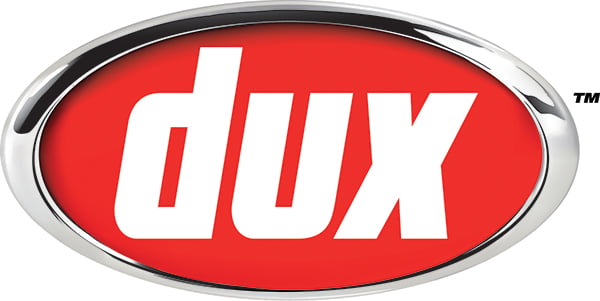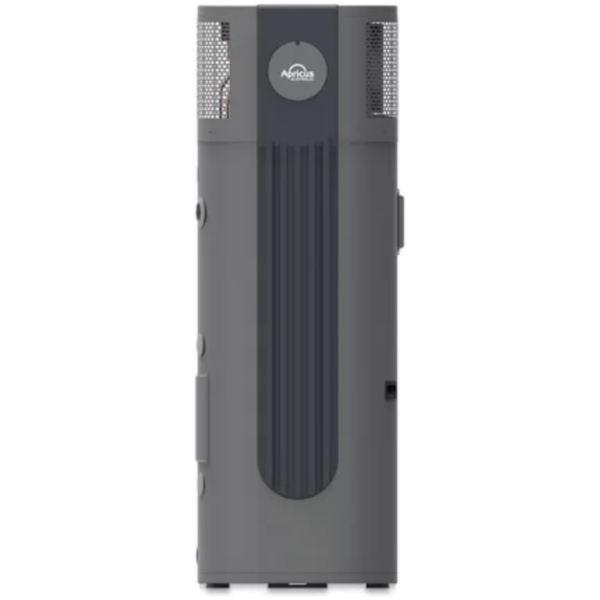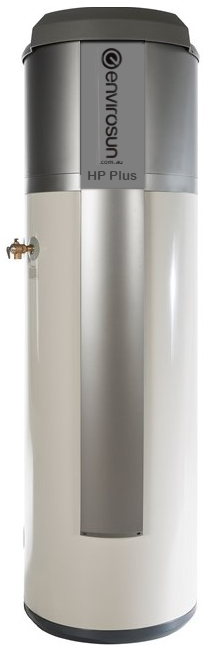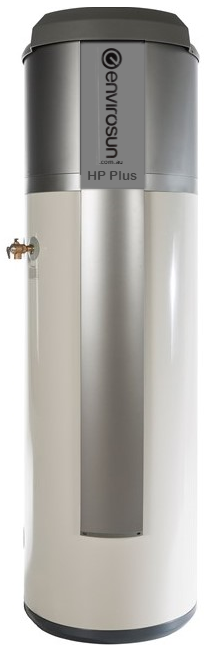Compare environmentally friendly hot water systems
Choosing the right hot water system, is a decision that should have some thought, making the wrong choice will cost you in the long run
Hot water heaters can cost you a lot more than the purchase price....
Did you know?
Hot water systems are a major source of household energy consumption in Australia, after heating and cooling and appliances: 23% of the energy used in an average Australian home is used by the hot water heater to heat water, in some homes this is much greater (2022, Energy Consult). More than 1/2 of the hot water usage is understandably in the bathroom, the laundry using around 1/3 and the rest is used in the kitchen.
You can save a significant amount of money and reduce you homes greenhouse gas emissions by installing the most appropriate and efficient enviro-friendly hot water heater for your home. We are an independent business that has been involved in the supply and installation of hot water systems for over 3 decades and will provide you with the FACTS and TRUTHS of water heaters
Heat Pump Hot Water Heaters
Helping you find the right hot water system so you can get back to relaxing and enjoying life...
About hot water systems

Electric, Gas, Solar or Heat Pump hot water system?
In most cases the only time you think about your hot water system is when it doesn’t work or is leaking, this unfortunately then makes it a quick on the spot decision, generally accepting what the first person you call tells you what you should have. This is time when you should take a breath and do some research.
Below is some information that will be helpful in assisting you to make the right decision.
Below we delve into different types of hot water heaters that are out there.
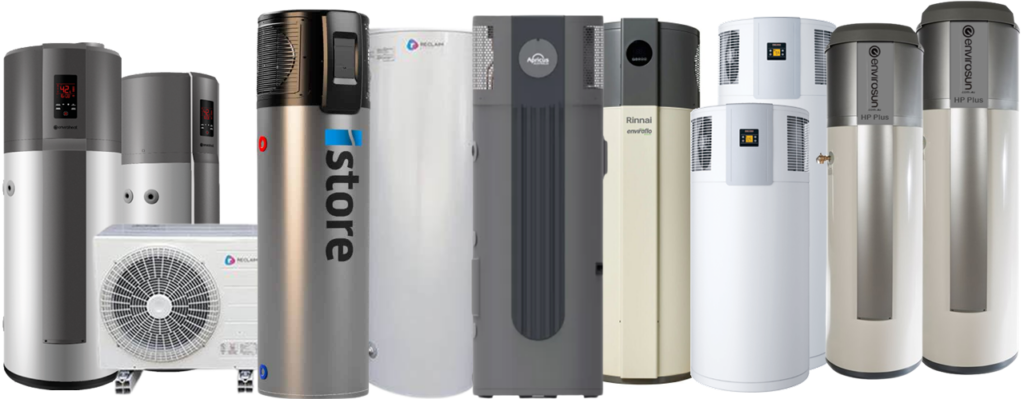
Heat Pump Hot Water Systems
Heat pumps are a more energy efficient form of electricity powered storage hot water heater that works on the same principle as a fridge or air conditioner in reverse, by extracting heat from the air and using it to heat the water within the tank.
Heat pumps make very good sense when you have a PV solar power system on your roof, with a very low power draw. Having it operate during the day, when your solar system is making power, this can provide you with free hot water. Most heat pumps of different brands have a power use of 700 watts to just over 1000 watts, where a everyday old 250 litre electric hot water heater usually has a 3600-watt element, a heat pump will save you around 70%. A heat pump will not drain your solar power system like a traditional electric one will, leaving you with enough residual power for your other appliances in your home.
Heat pump hot water systems are usually an all-in-one system, where the tank and heat pump system are coupled together, but some brands have separated designs, like a split air conditioner motor connected to a hot water storage tank.
Heat pumps need to be installed in a well-ventilated area as they draw in air and extract the ambient heat out and then expel cold air, if they are in a small enclosed area they will recycle the cold air and become less efficient. Installing in a external location is best and will in most cases get you best efficiency out of your heat pump.
Installing a heat pump hot water heater will typically take up to a few hours, when it is replacing a similar heat pump or standard electric hot water system in the same location.
Heat pump hot water systems do make a similar sound of a quiet split air conditioner, the noise can vary from brand to brand so you should be mindful of this when installing a heat pump near a bedroom, also think of your neighbours, with boundaries getting smaller and smaller a bit of courtesy could stop some complaints if you have the system heating at night. A lot of heat pump brands do have built in timers so you can choose your hours of operation.
Heat pumps tend to work better and become more efficient in warmer climates, yet heat pumps have come a long way in the past few years and have the ability to still extract heat and work in sub-zero temperatures, there are also heat pumps that work well in cold climates too, these are called CO2 heat pumps and are only available in the split system design.
You’ll typically need a 250–270 litre storage tank for a 4/5 person household with average to moderate water consumption
There are Government rebates and incentives when upgrading to a heat pump hot water system
Heat pumps range in price from about $2500–$7000 (plus installation).
The biggest mistake people make is getting the cheapest system they can, like everything you get what you pay for and most rebates are a one time only rebate, making the cheapest choice now will end up costing you when you need to replace a short-lived system and have to pay full price.

Solar Hot Water Systems
Solar hot water systems have a storage tank and solar collectors that water flows through being heated by the sun. Solar collectors can either be flat panels or round tubes
Solar hot water heaters have 2 different types, a thermosiphon system where the storage tank is on the roof and a split system where the tank in on the ground or anywhere convenient away, but lower than the solar panels.
Thermosiphon or roof mounted solar uses a natural movement of water to flow between the tank and panels, the colder water from the tank falls down to the lowest part of the solar panels and as its heated, it naturally rises and returned to the storage tank on the other side. This movement of heated water continues throughout the day until the tank is at maximum temperature. Most close coupled roof mount solar water heaters have a TAV valve that prevents the water movement when it hits around the 70deg mark so the tank is not overheated.
Active or split solar hot water heaters have a small circulating pump that move the water between the storage tank and panels at a slow rate. With temperature sensors in the panels and tank a PCB board activates power to the solar pump when the panels generally have a temperature difference of around 10 degC. Split solar hot water system have the ability to heat the tank to a higher temperature than the roof mounted systems with the accuracy of temperature sensors and the control system. Atheistically not having a tank on the roof is appealing to most people it also does not need your roof being structurally reinforced to hold the 500-600kg a roof mounted system weighs when full of water. The storage tanks of both systems usually have an electric booster element to keep the water hot on days when there is no sun or heat and when you have excessive hot water usage. Gas boosters are also an option but with the cost of gas and increasing the purchase cost is less and less popular these days.
Some solar hot water panels are very efficient and can extract up to 2 -3 times the ambient temperature without direct sunlight
Solar hot water systems are one of the highest priced type of hot water heaters to buy and install but are by far the cheapest to run when you get the right size and type. A typical solar hot water heater will save $10,000-$12,000 in power over a 10 year period. A correctly chosen solar hot water system will pay for itself in a few years with government rebates and other incentives on offer.
They range in price from about $4500–7000 (plus installation).
Solar hot water systems are what you would call the best form of water heating
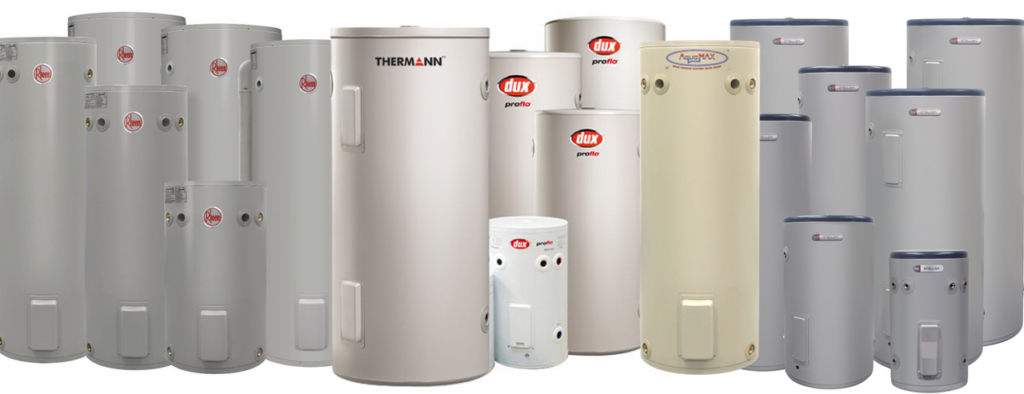
Electric Hot Water Systems
An electric hot water system is usually the cheaper option to buy and have installed, but this is the most expensive hot water heater to run, an electric hot water system is generally the highest power consumption appliance in a home that makes up on average 1/3 of the power bill.
Installing a electric hot water system usually takes a couple of hours , when it is replacing a similar electric hot water system in the same location.
Some electric hot water systems that run on off-peak electricity are cheaper to run, but there is the need of a larger storage tank as the water is heated overnight has to last you the following all day as power will only be available after 9pm, off-peak electricity isn’t available to all homes and having a off peak meter fitted can be costly.
A four-person household typically needs a 125–160L sized tank when it is connected to 24 hour power or 250–315L for off-peak.
Electric hot water systems come in sizes as low as 25 litres for kitchenettes up to 400 litres for the heavy users
Electric water heaters can be installed internally or outside, the location has little to do with life expectancy and operating costs
Instant heating electric hot water heaters are also available, single-phase system are only able to supply hot water for just one outlet at a time, 3 phase systems are available but 99% of homes will not have 3 phase power, these systems have become a popular option in unit complexes where space is limited and commercial buildings. The 3 phase units consume a large amount of power when heating
Standard heaters range in price from around $450–$1800 (plus installation).
An electric hot water system will account for a major portion of a home’s electricity bill. It’s worth considering a, energy efficient, enviro friendly hot water system like a heat pump or solar, with rebates and running costs the “break even” time can be under a year with rebates and incentives on offer
Installing a timer and heating during the day to utilise your solar power generation is an option but this can take 20kw from your solar system a day and drain 3.6kw when heating not leaving you with much left over for your other appliances

Gas Hot Water Systems
Natural gas in the past was a good option if you have mains run in your street and a connection for it. It was cheaper than electricity but gas rates have soared and adding connection/service charges have made a gas hot water system quite expensive.
LPG (Bottled gas) like natural gas was cheaper than electricity, this has also had a massive leap in price and has the added cost of bottle rental.
Gas hot water systems still have a place in some homes, with small setbacks and close boundaries, mounting a small suitcase sized instantaneous gas hot water heater recessed in or on a wall is chosen. Some continuous flow gas water heaters have a pilot light, which uses a small amount of gas constantly to ignite the burner when water flows through. Electronic ignition is more common now and a bit cheaper to run as no gas is used until a tap is turned on, although when there is disruption to your power (blackout) you will not have any hot water as the system can not be lit without the power source.
Gas storage hot water systems have been around for over 50 years and whilst efficient in heating do take up space and have restrictions in where they can be installed with flueing and ventilation requirements. Gas hot water tanks are generally 135 and 170 litres in capacity
Installing a gas hot water system can take 1- 3 hours depending on type and location
Gas hot water systems have an energy efficiency star rating, storage tanks are 4-5 star and most instantaneous heaters are in the 6 star rating
Liquid petroleum gas (LPG) bottles are an alternative to natural gas – but expect to pay significantly more in running costs.
One important consideration is that gas is a fossil fuel, and moves to reduce carbon emissions will probably make gas a less attractive option in the future.
They typically range in price from about $900–2000 (plus installation).





